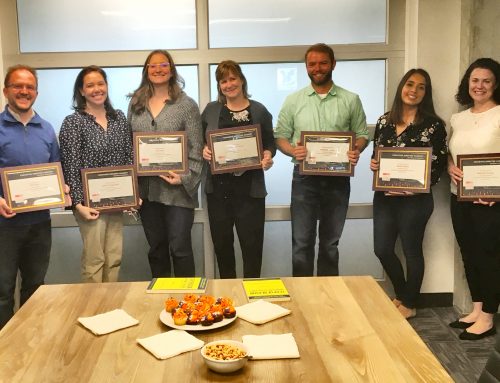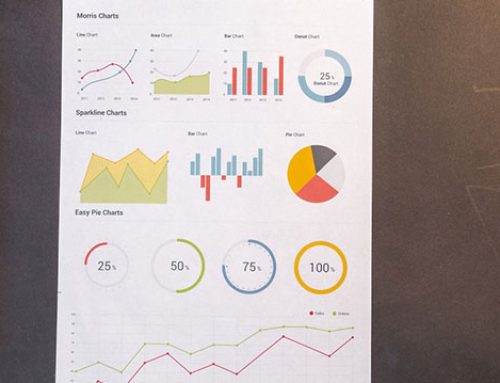
Meeting location should encourage small group discussion.
Jill Iman, JVA Director of Implementation Science
Are you planning for your strategic planning? Let JVA’s training help you with the legwork!
Location, location, location. What comes to mind for you?
For many, hearing that phrase likely brings up thoughts of buying a house or assessing demand for starting a business. What is the school district like? How are the economics of the neighborhood? Who will be my customers?
We intuitively know that location matters, weighing the pros and cons of these types of decisions. But what if we applied this thinking to social change work—in what ways do these commonly held beliefs about location, location, location matter in what we do every day? One example might be thinking about the effects of location as it pertains to meeting facilitation, and in particular, strategic planning sessions, in which the outcomes often include creativity, goal-setting, invigoration and yes, even difficult conversations.
Facilitators and bloggers all seem to agree that there can be value in hosting off-site meetings. But what does science have to say? Pulling from social psychological literature provides some insight into why location matters and in particular, how subtle, unconscious cues
- Situational constraints—Situations that are more prototypical result in a more narrow range of behaviors consistent with the setting. For example, the way you interact with your boss while meeting in her office is likely to result in more “typical” behaviors (i.e., how you have behaved in the past and how you should behave in that setting), than if you were to meet with your boss at a bar after work.
- Social norms—Cues and rules in our environment give us information about how to act by giving us mental representations of appropriate behavior for a given situation. For example, our behaviors change accordingly to fit the expectations of being in a library versus being at work versus versus being at a basketball game.
- Role identity salience—People behave in ways that are consistent with their salient identities in any given moment. For example, we all hold many identities (colleague, friend, father, sister, activist), and a situation helps determine which identity (and associated thoughts and behaviors) is most activated; so it’s more difficult to think and behave like your identity as “activist” when in an environment in which your identity as “colleague” is most relevant.
All this is to say that if we’re used to acting one way in a conference room, consciously or not, we’ll be inclined to continue to act that way when in that room and we’ll be less likely to come up with, and to be open to, new ideas from others.
People are often unaware of how power can unconsciously alter emotions, thinking and behavior, thus impeding those desired outcomes of strategic planning sessions: creativity, goal-setting, invigoration and resolution.
Undoubtedly, power is not always situationally dependent. It is often linked to objectively clear differences in resources, hierarchy or reputation. However, choosing to limit the role that environmental cues can have on current understandings of power by choosing a neutral location can demonstrate a desire to hear and incorporate all voices.
It’s important to carefully consider what dynamics (location, location, location), beyond the amazing people in the room and the excellent agenda, might influence the success of your strategic planning session.
So—thinking of where to have your next strategic planning retreat? A neutral location may help unleash that creativity. Also be sure to check out Janine’s blog The Top 7 Meeting Location Must Haves on what to keep in mind when choosing a location.
[i] For a review see Smith, P.K., & Glinsky, A.D. (2010). The nonconscious nature of power: Cues and consequences. Social and Personality Psychology Compass, 4/10, 918-938.






Leave A Comment